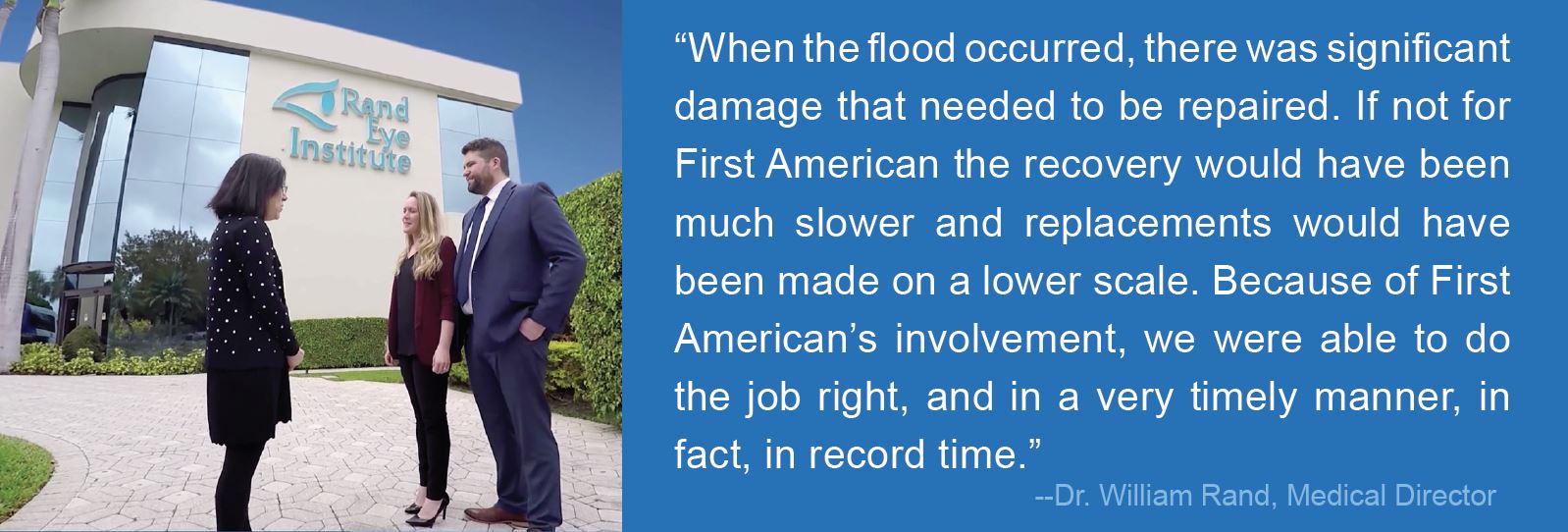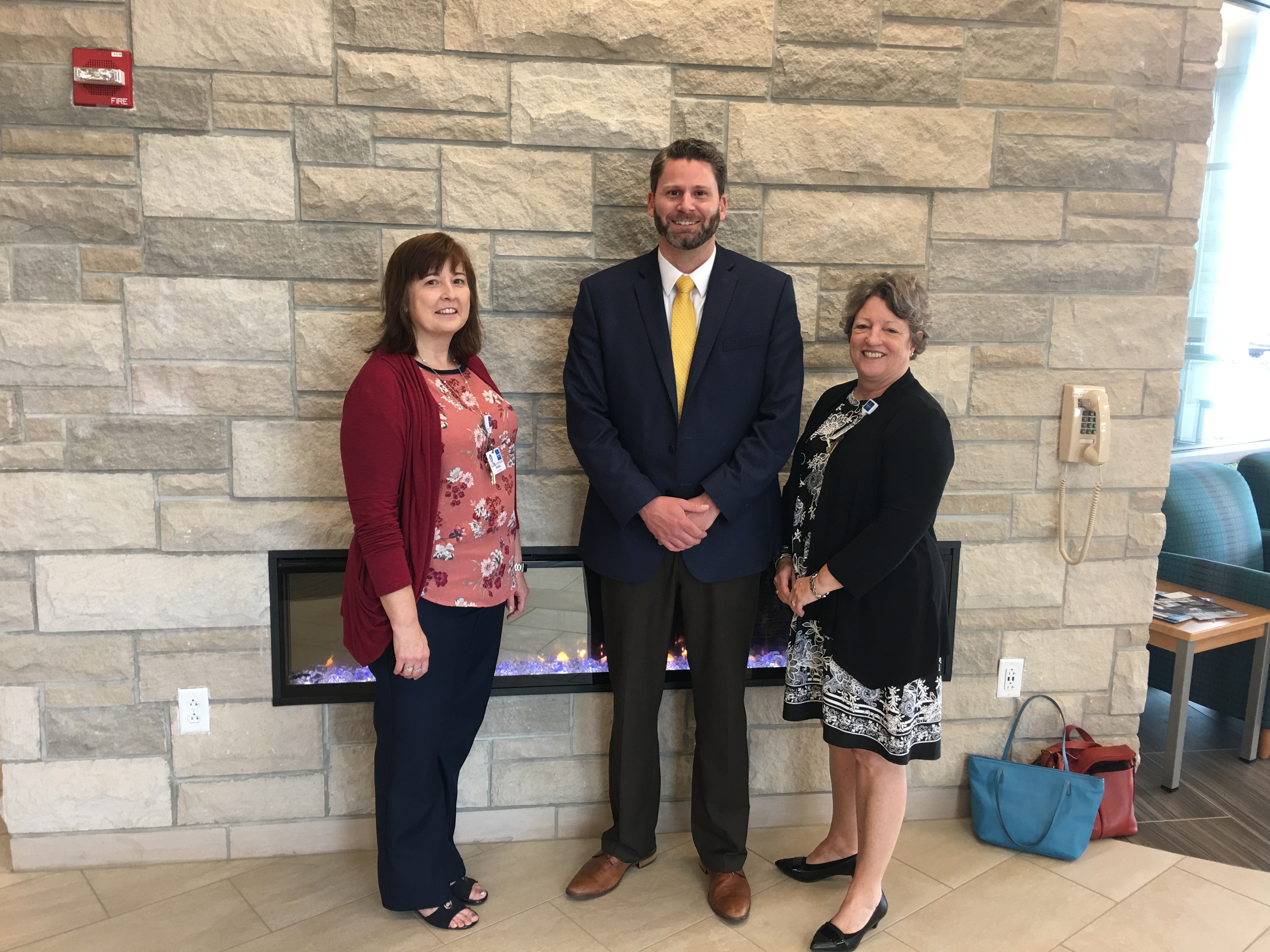Healthcare organizations continue to grapple with staffing-related challenges—including workforce shortages, high burnout rates, scaled back services, and rising labor costs. A recent McKinsey report from March 2023 found that 45% of inpatient nurses (who make up roughly 2 million of the 4.2 million nurses in the U.S.) indicated they are likely to leave their role in the next six months. When indicating why, not feeling valued and not having a manageable workload were the top two reasons cited.
As the healthcare industry deals with these persistent challenges, technology has emerged as a powerful ally, offering innovative solutions to bridge the staffing gap and enhance patient care. Indeed, healthcare IT was listed as a top five strategic priority for nearly 80% of providers, according to a new report from Bain & Company and KLAS Research. Of those who accelerated IT spending in the past year, the overwhelming majority cited labor shortages among the driving factors.
First American colleagues recently reflected on the state of the U.S. economy and discussed potential impacts—utilizing research and insights from City National Rochdale, RBC Economics, and a presentation given by Gerard Cassidy, Managing Director at RBC Capital Markets.
3 JAN 2023
Strategies to Improve Financial Stability
The COVID-19 pandemic has underscored the importance of being prepared to withstand an unpredictable business environment. Many organizations continue to look for ways to stabilize cash flow and avoid placing critical projects on hold. Consider the strategies below to improve your financial stability and flexibility to navigate uncertain times ahead.
3 MAR 2022

8 MAR 2022
New Year, New Equipment Through Leasing
First American works with over 900 healthcare systems
nationwide and many of your healthcare peers are
paying less than cash for the latest and greatest technology by leveraging a lease. Renting equipment is ideal so organizations can easily and affordably keep up with the next iterations and advances.
Read more >>
17 FEB 2020
Funding for Renovations
Rand Eye Institute is a comprehensive, state-of-the-art ophthalmology practice that is always focused on the future. But one morning, that future seemed in jeopardy when Debbie Rand, the practice administrator, received an alarming phone call. “We received a call that there had been a flood in our building. When I arrived, things were floating in the hallways and ankle-deep water was in our ORs. Lasers and some million-dollar equipment was salvaged, but the ceiling and exam rooms were ruined. Half of the clinic, including the operating rooms, couldn’t be used,” Debbie Rand said. “My first thought was, ‘What happens if the repairs go beyond, three, four, five months?’
Rand Eye Institute and First American had a solid relationship, so First American quickly approved a loan for renovations. The funding went toward replacing items the insurance company would not reimburse, such as OR flooring, ceilings, walls, and cabinets. With First American’s help, Rand restored their facility very quickly while meeting quality standards, and both Rand’s staff and patients never suffered. Recapping the experience, Dr. Rand, the Medical Director, said, “When the flood occurred, there was significant damage. If not for First American, the recovery would have been much slower, and replacements would have been made on a lower scale. Because of First American’s involvement, we were able to do the job right, and in a very timely manner, in fact, in record time.”
Read the full story here.
First American funds renovation and expansion costs for Indiana hospitals. Commonly funded costs include building improvements such as drywall, roofing, and flooring, and service expansions such as new imaging equipment, specialty furniture, and improved technology.

13 NOV 2019
Three Tips for Expanding Telehealth Services to Include Connected and User Devices
There is no doubt that telehealth has a tremendous role in increasing access for patients. But as hospitals expand their strategy, what do they need to know to add new access channels and devices, but still keep patient data safe? Once providers identify what they need, how does the technology interact together? How do they ensure each new component syncs with existing patient data, current infrastructure, software, and external user devices? And how does the software stay updated and how do providers reduce the risk of being hacked? Finally, how do you pay for a system that has so many complex components?
"As healthcare organizations expand their telehealth services to include more and more connected and user devices, it is important to work with trusted vendors who are familiar with the organization, its staff, their technology, and the vision of telehealth in their organization," says Brian Rhodes, Assistant Vice President at First American Healthcare Finance, "Expanding a telehealth strategy and adding new technology components is not simply buying one new device, smartphone or tablet, it is a way to increase access, deliver care more easily, and provide integrated solutions to patients. But when you add more and more devices, expanding services can become complex and expensive because you need the proper software to ensure patient data is protected on both the provider and patient sides."

For many healthcare providers, expanding any type of technology is overwhelming and it is hard to know where to start. What are the "must have" devices, where does the budget come from, and will new services and channels increase or reduce costs over time?
Here are three tips that can go a long way towards expanding a telehealth strategy:
1.
Start with a pilot – Before you expand to have telehealth services integrated on all devices, start with a pilot, and expand when ready. It is critical to have support from senior leadership, and the team can plan and scale when it is the right time for the organization.
2.
Build in flexibility – Since all hospitals are different, there is no one-size fits all strategy. Providers should be comfortable with a little uncertainty, and they should build some flexibility into the budget to cover unforeseen costs.
3.
Streamline technology and software orders – Working with too many vendors can not only be confusing, but it also can be costly. Many organizations are hiring Directors of Telehealth Services, or at minimum having a dedicated project manager oversee all of the technology, software, and equipment purchases.
In the
Telehealth Factsheet, the American Hospital Association says "Telehealth connects patients to vital health care services though videoconferencing, remote monitoring, electronic consults and wireless communications. These links allow patients to access their care team remotely and remove potential barriers to care." There's no doubt that there are still challenges with reimbursement and regulations, but as those challenges are being resolved, providers should continue to strategize on how to expand their remote services.
"In 10 years, the words 'telehealth' and 'connected devices' won't be in our vocabulary.... They will just be 'health'," says Jonah Michael, Senior Vice President at First American Healthcare Finance. Jonah, Brian, and the First American team work closely with many healthcare CFOs across the country to fund their telehealth expansion strategies. The First American team acknowledges "Healthcare providers are excited to deliver exceptional care to their patients in the most convenient way possible."
RESOURCE LIBRARY:
